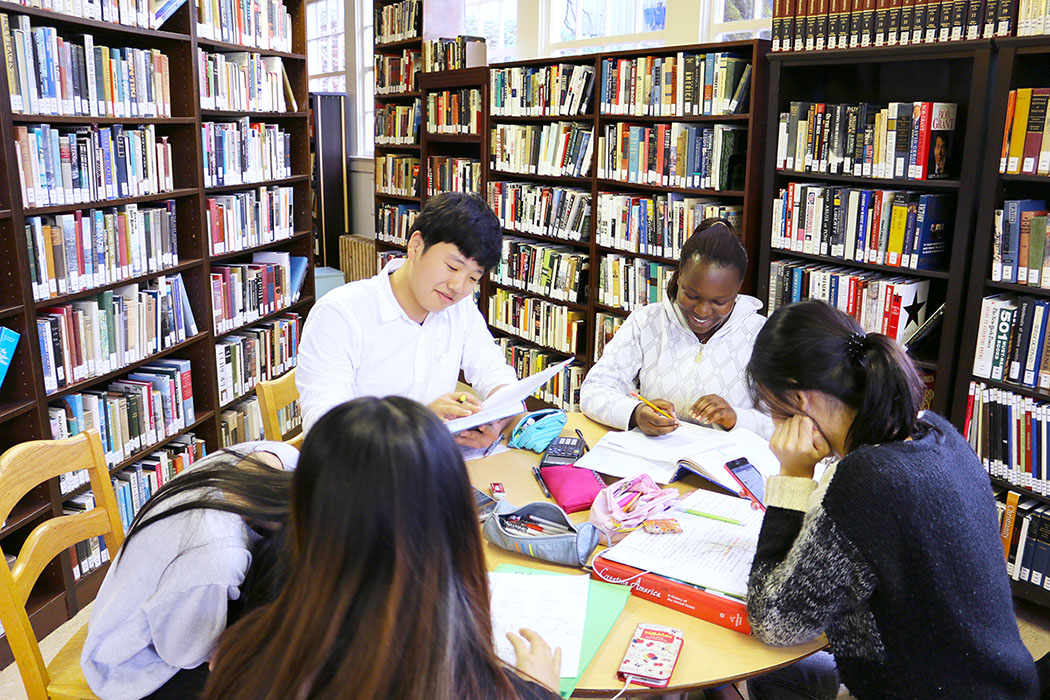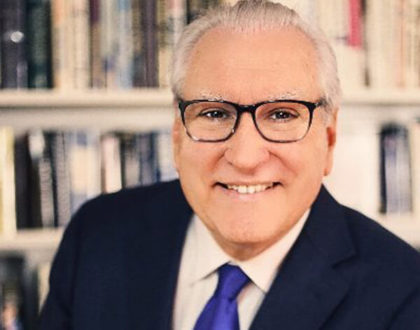Differences in Private and Public School

by admin
Both public and private schools have advantages, however there are many definite differences between the two. Differences in private and public school can be outlined with four main topics; cost, admissions, governance, and curriculum.
The difference in cost is a very shocking difference between the two. Public schools on one hand cannot charge tuition. They are funded completely through federal, state, and local taxes. Private schools on the other hand charge tuition, and use fund-raising, donations and private grants to function. The Digest of Education Statistics 2005 from the National Center for Education Statistics (NCES) reports that for the 1999-2000 school year, the average private school tuition was about $4,700. One must remember however, although there is a cost for private schools you are paying for a more focused education that is specially picked especially for your child.
Admissions is also a difference in private and public schools. By law public schools must admit all children. In order to enroll your child you must fill out necessary paperwork. As a result of public schools educating all children, there are inevitably a vast range of learning levels which causes less specified attention for every student. In Private schools admission is selective and often very competitive. Private schools are often looking for a particular kind of student whether it is an underprivileged child or one that has high academic potential to meet the mission of that school.
Governance is also a comparative factor between private and public schools. Public schools must follow federal, state, and local laws in the education of their students. Such laws control specifics such as; funding, program development, and curriculum. As an advantage of being independently funded, private schools are governed completely internally. This factor gives private schools special freedom in designing curriculum and instruction that relates to their particular mission.
Finally curriculum presents many differences in public and private schools. Public schools offer a general program designed for all children regardless of disabilities. Classes always include subjects such as; English, reading, writing, science, history, and physical education. The substance of such courses is controlled by the state and is measured through state standardized testing.
Differences in public and private schools are numerous. As a parent one must carefully assess all possible options as every child has a different learning style.
Recommended Posts

Doug Wead ’64
May 18, 2022

OPEN HOUSE 2021 – Canyonville Academy
March 18, 2021

INTERNATIONAL SUCCESS; ONE STUDENT’S JOURNEY ACROSS THE WORLD
February 10, 2021

[…] child. There are both advantages and disadvantages of private school. One advantage of private schooling over public schooling is that there are less students creating a more personalized education with a […]